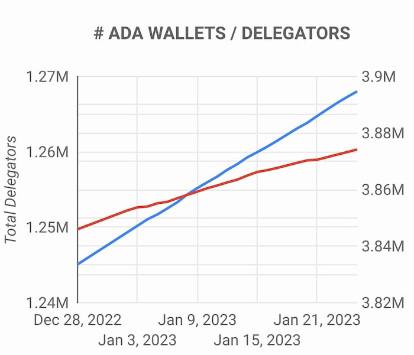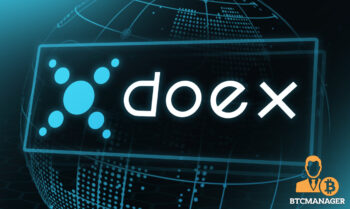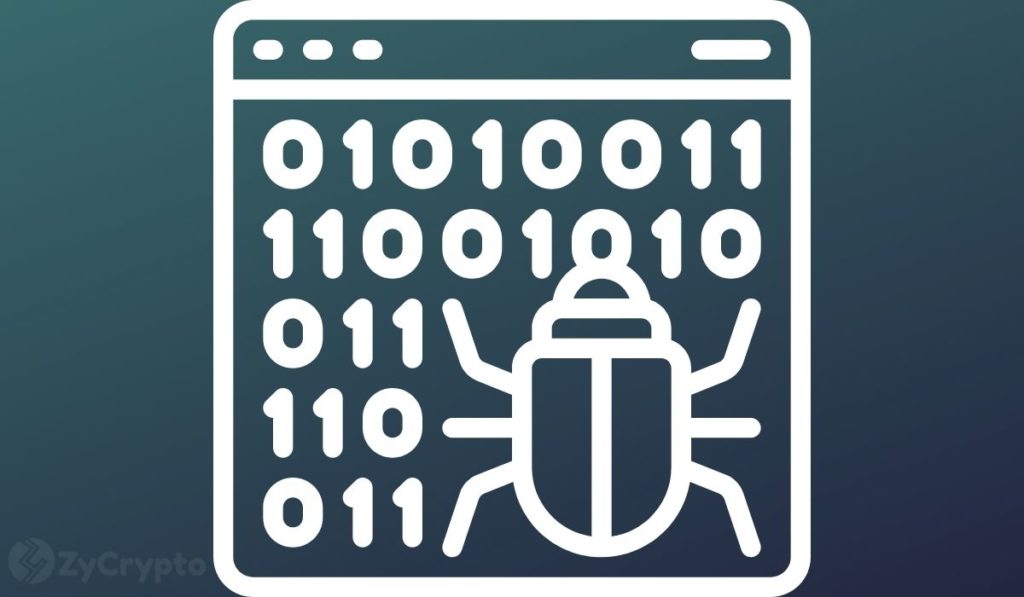
2019-4-5 15:34 |
Cardano (ADA) is a decentralized blockchain protocol that addresses the challenges gripping existing networks by utilizing scientific research and philosophy at its core, said the Blockchain Board of Derivatives (BBOD) on its official research blog that analyzes a number of blockchain projects published on April 2.
In this fundamental analysis, BBOD rated Cardano (ADA) as:
“ACCUMULATE: An opportunity to buy a medium risk cryptocurrency at a low price.”
It’s worth noting that the previous fundamental analysis by BBOD was on DigiByte (DGB), which also received the ‘Accumulate’ rating. Since this rating announcement on March 5, 2019, DigiByte has increased by more than 30% in price.
Cardano was founded in 2015 but is native cryptocurrency ADA was launched on Sept. 29, 2017. ADA can be bought on Binance and Upbit and margin traded on BBOD.
About CardanoUnlike the majority of blockchain projects, Cardano was created by a global team of academics that include Charles Hoskinson, one of the founding members of Ethereum. Hoskinson is credited for understanding that blockchains need to be scalable, secure, and flexible if they need to have utilities in the real world.
A considerable amount of time was required to develop the protocol’s base layer because the research for the project started in 2015 but was officially launched in H2 2017.
The blockchain protocol intends to solve challenges such as scalability, sustainability, and interoperability by employing the democratic governance model and a double layer architecture.
Blockchain Challenges and Cardano SolutionsThe majority of blockchains are riddled by one or more challenges that are preventing them from reaching their full potential. Cardano has its own ways of dealing with these challenges.
ScalabilityWithout any shade of doubt, scalability has long plagued the nascent blockchain industry. Bitcoin, the biggest and most popular blockchain can only handle 7 transactions per second (TPS) while Ethereum is capable of 15 TPS.
These figures are only a drop in the ocean when compared with payments giants such as Visa that can scale up to 24,000 TPS. Based on this comparison, it is difficult to believe that cryptocurrencies will ever be adopted as mainstream means of payment.
However, there are blockchain projects such as Ripple that can scale to 1,500 TPS, but this figure is achieved at the expense of security.
To remedy the situation, Bitcoin has implemented the Lightning Network while Ethereum has made use of Sharding.
Cardano was created after observing the shortcomings of other blockchains. The platform employs a layered structure that splits different functions into separate software stacks. This allows the platform to address the functionality of one layer without affecting the functions of the whole blockchain network.
InteroperabilityThere are several blockchain protocols in the world including dominant protocols such as Bitcoin. These networks are not able to interact with each other in a seamless way. At the same time, the blockchain networks should also interact with legacy systems.
The blockchain networks are already complex and still need to find a way of communicating with each other.
Cardano addresses this interoperability issue by using a sidechain protocol that allows the transfer of information and value between two separate chains.
SustainabilityBlockchain projects have raised millions through initial coin offerings (ICOs) during the 2017 bull run, but this financing model is not particularly sustainable in a bear market. This is even more so as regulators continue their crackdown on ICOs they deem to have violated securities laws.
The ICO model requires the founding team to allocate funds responsibly so that the project succeeds in the long term. How does a project continue to run when it has run out of funds?
It is possible for the projects to raise capital at later stages, but it is not ideal because if one single entity invests a large sum of money, it will have a greater say about the direction the project should take.
This could lead to centralization – the exact opposite of what blockchain technology aims to achieve.
Cardano’s workaround to this is the implementation of Proof-of-stake (PoS) consensus mechanism known as Ouroboros. This consensus mechanism was designed with sustainability in mind that allows the network to be financially self-sustaining for as long as it exists.
CatalystsCardano has not taken the quick route taken by many blockchain projects that sought to become the market leaders in the shortest possible time. Instead, the project has used a methodical approach that does not guarantee the quickest implementation.
On the good side, Cardano stands a great chance of avoiding bugs and other failures that have rocked blockchain protocols in the past.
Cardano did not hasten to enter the market in the 2017 bull market and has learned many lessons from the mistakes of its competitors.
Risk FactorsCardano is a smart contract platform that can be used by developers to deploy decentralized apps (Dapps). If it is to succeed, it has to fend off competition from other existing similar platforms such as Ethereum, NEO, and EOS among others.
Cardano is compatible with Ethereum-based smart contracts. This allows developers to migrate their code to Cardano if they feel the protocol suits their needs.
Blockchain Board of Derivatives (BBOD) Rates Cardano (ADA) As ‘Accumulate’ in Its Fundamental Analysis was originally found on Cryptocurrency News | Blockchain News | Bitcoin News | blokt.com.
Similar to Notcoin - Blum - Airdrops In 2024
High Performance Blockchain (HPB) на Currencies.ru
|
|










